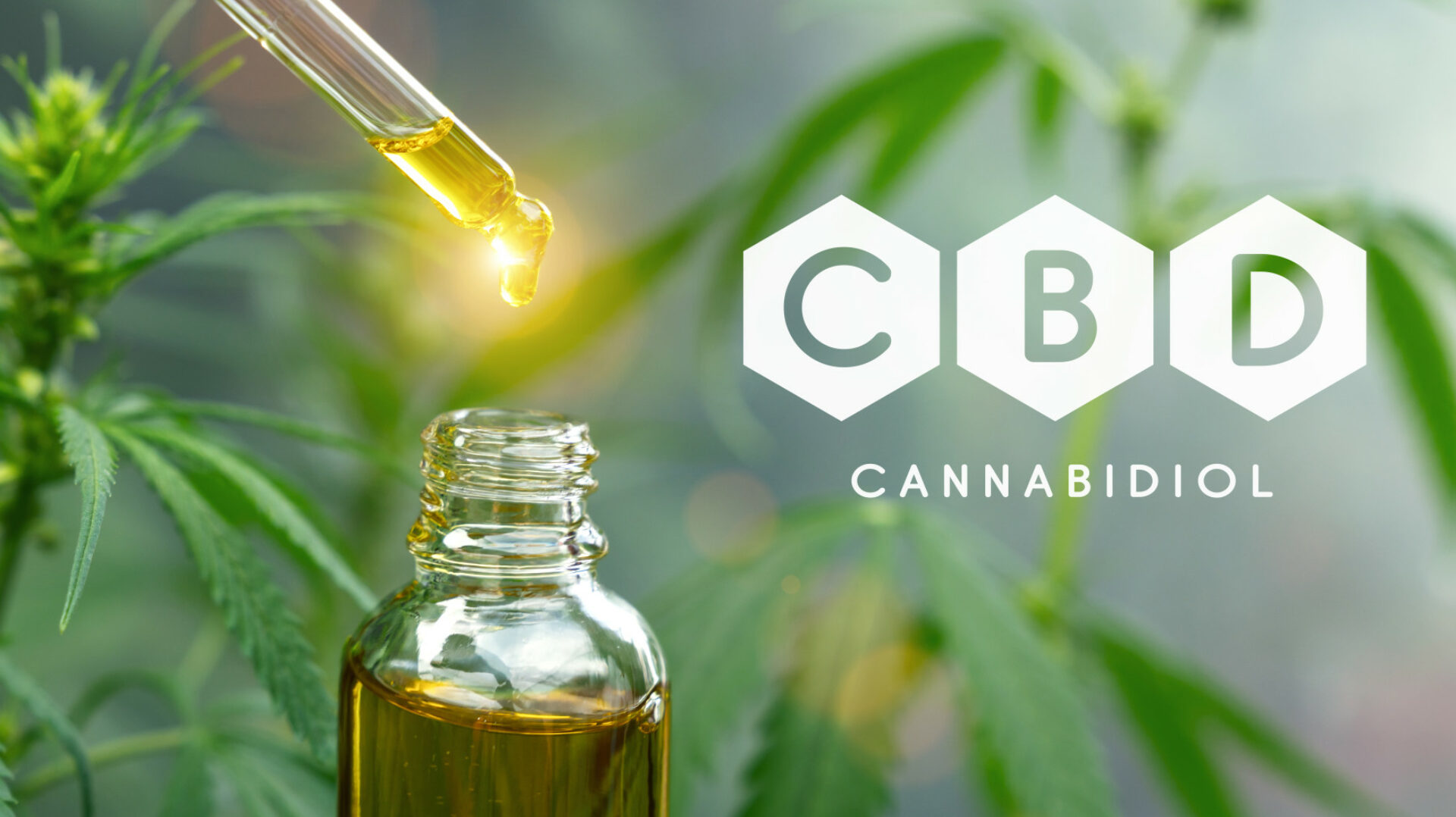Botox for Hyperhidrosis (Excessive Sweating)
Hyperhidrosis, or excessive sweating, can significantly impact daily life, leading to discomfort, embarrassment, and social anxiety. Botox injections offer a non-surgical treatment option for individuals seeking relief from this condition in New Addington, Surrey.
Understanding Hyperhidrosis
Hyperhidrosis is a medical condition characterized by excessive sweating that goes beyond what’s normal to regulate body temperature. It can affect various areas of the body, including the underarms, palms, soles of the feet, face, and scalp. This overactive sweating can cause significant distress, impacting social interactions, work performance, and overall well-being.
Symptoms of Excessive Sweating
Symptoms of excessive sweating (hyperhidrosis) can vary from person to person but often involve profuse perspiration that occurs even in non-hot environments or during situations that wouldn’t typically trigger sweating. Individuals may experience soaking wet clothes, damp hands, and a persistent feeling of stickiness or clamminess.
Beyond physical discomfort, excessive sweating can lead to social anxiety due to self-consciousness about visible perspiration. It can also impact daily activities, making it difficult to shake hands confidently, use public transportation, or participate in certain sports or hobbies without worry.
Causes of Excessive Sweating
While the exact causes of hyperhidrosis are not always clear, several factors can contribute to this condition. In some cases, hyperhidrosis may be primary, meaning it occurs without an underlying medical cause. Genetics can play a role in primary hyperhidrosis, as it often runs in families.
Secondary hyperhidrosis, on the other hand, is triggered by an underlying medical condition, such as thyroid disease, diabetes, menopause, or certain infections. Medications, including some antidepressants and blood pressure medications, can also contribute to excessive sweating as a side effect.
Benefits of Botox Treatment for Sweating
Botox is a popular treatment option for hyperhidrosis because it temporarily blocks the nerve signals that stimulate sweat glands. By reducing the activity of these nerves, Botox injections effectively decrease sweating in the targeted areas. The effects of Botox typically last for several months, providing long-lasting relief from excessive perspiration.
The benefits of Botox treatment for sweating are numerous. It offers a non-surgical approach, eliminating the need for invasive procedures and reducing downtime. Botox injections are relatively quick and painless, with minimal discomfort experienced by patients. Moreover, the results are noticeable and often dramatic, significantly improving quality of life for individuals struggling with hyperhidrosis.
By addressing the underlying cause of excessive sweating, Botox can help alleviate the emotional distress associated with this condition. It allows individuals to feel more confident and comfortable in social situations, participate in activities they previously avoided, and enjoy a greater sense of well-being overall.
How Botox Works for Hyperhidrosis
Botox injections work for hyperhidrosis by temporarily blocking the nerve signals that stimulate sweat glands. These nerves send messages to the sweat glands, causing them to produce perspiration. Botox acts as a neurotoxin, interrupting these nerve signals and effectively reducing the amount of sweat produced in the treated areas.
The effects of Botox typically last for several months, providing long-lasting relief from excessive sweating. During this time, individuals experience a significant decrease in perspiration, allowing them to feel more comfortable and confident.
The Botox Treatment Procedure
Botox is a popular treatment option for hyperhidrosis because it temporarily blocks the nerve signals that stimulate sweat glands. By reducing the activity of these nerves, Botox injections effectively decrease sweating in the targeted areas. The effects of Botox typically last for several months, providing long-lasting relief from excessive perspiration.
- A qualified medical professional will first assess your condition to determine if Botox is suitable for you.
- The treatment area will be cleansed and sterilized.
- Using a very fine needle, small amounts of Botox are injected into specific points in the affected area.
- The procedure is relatively quick, typically taking less than 30 minutes.
After the injections, you may experience some mild redness or swelling at the injection sites, but these side effects usually subside within a few days. You can typically return to your normal activities immediately after the treatment.
Areas Treatable with Botox for Sweating
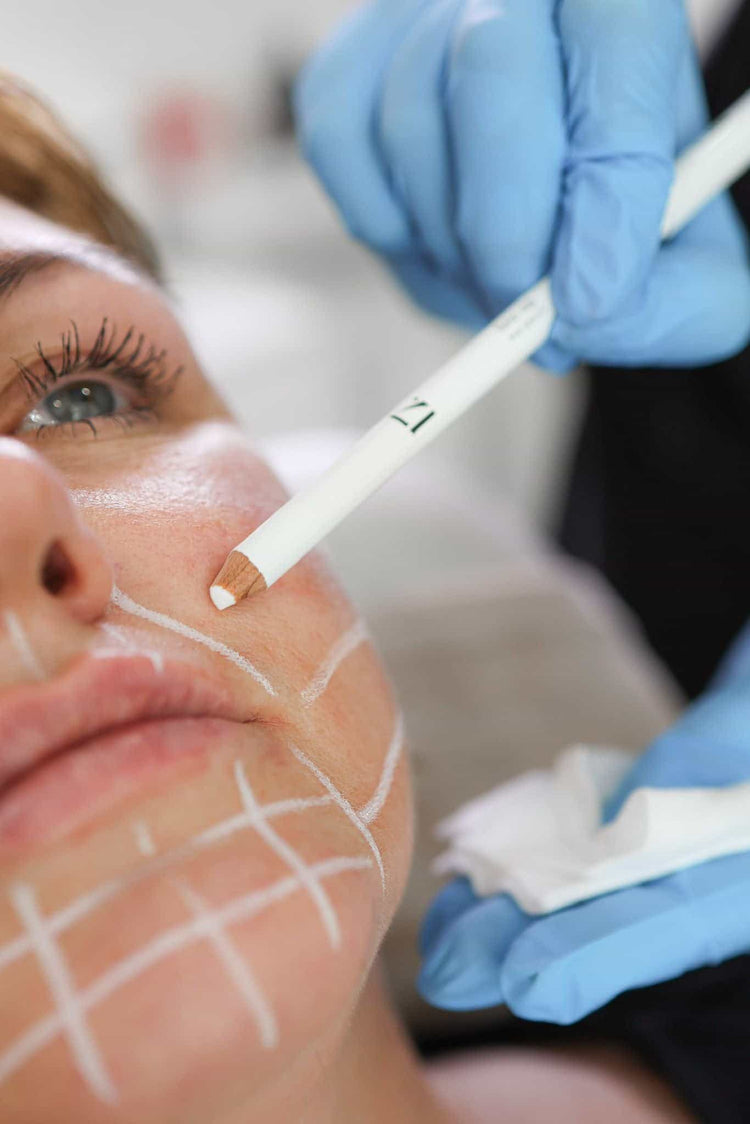
Botox is an effective treatment for hyperhidrosis, particularly in areas such as underarms, palms, soles of the feet, and forehead.
Areas treatable with Botox for excessive sweating include:
* **Axillary Hyperhidrosis (Excessive Underarm Sweating):** This is one of the most common areas treated with Botox.
* **Palmar Hyperhidrosis (Sweaty Palms):** Botox can significantly reduce sweating in the palms, improving hand grip and reducing discomfort during social interactions.
* **Plantar Hyperhidrosis (Sweaty Soles):** Botox injections can alleviate excessive sweating of the feet, making it more comfortable to wear shoes and participate in activities.
* **Facial Hyperhidrosis:** Botox can be used to treat excessive sweating on the face, including the forehead, scalp, and around the mouth.

Botox injections work by temporarily blocking the nerve signals that stimulate sweat glands. The effects typically last for several months, providing long-lasting relief from excessive perspiration in the treated areas.
Preparation for Botox Treatment
Preparing for a Botox treatment for hyperhidrosis involves a consultation with a qualified medical professional to discuss your medical history, assess your condition, and determine if Botox is a suitable treatment option for you.
Prior to the appointment, avoid using any topical medications or skincare products on the areas that will be treated for 24 hours beforehand. This will help minimize any irritation or complications during the injection process.
On the day of your appointment, wear comfortable clothing that allows easy access to the treatment area. Avoid wearing tight-fitting clothing that might put pressure on the injected sites.
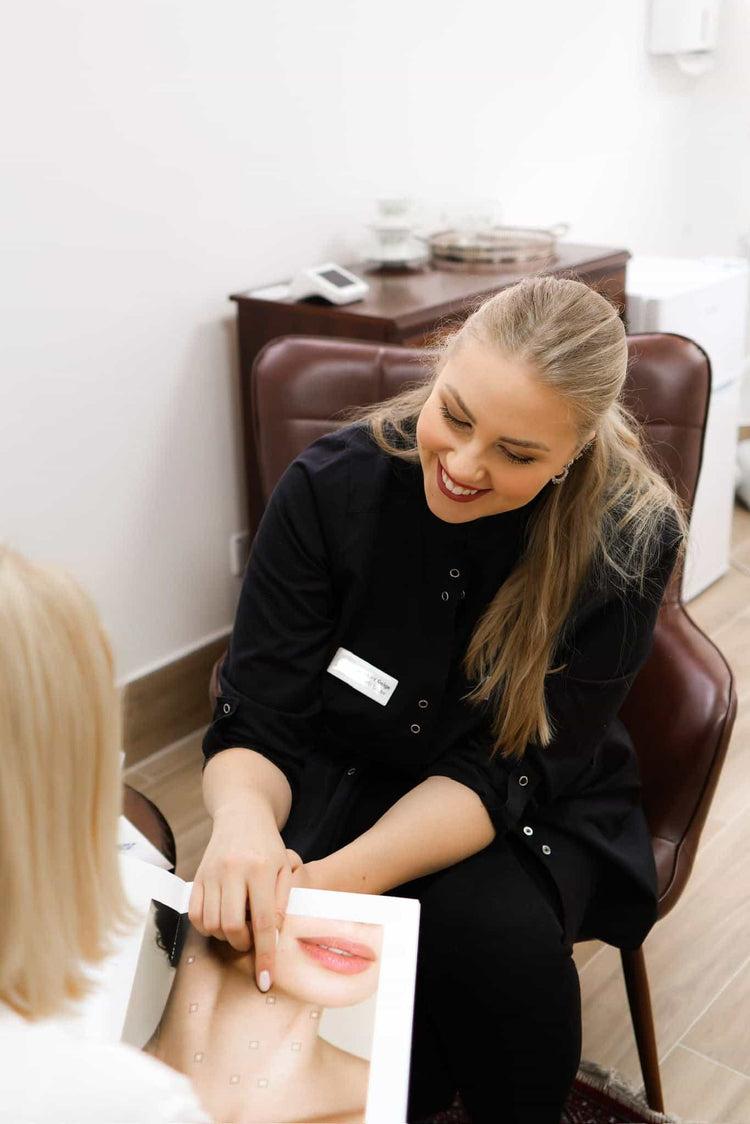
It’s essential to inform your doctor about any medications you are currently taking, including over-the-counter drugs, vitamins, and supplements, as some may interact with Botox.
Finally, remember to follow all post-treatment instructions provided by your doctor to ensure optimal results and minimize the risk of any side effects.
Recovery and Aftercare
Botox is a popular treatment option for hyperhidrosis because it temporarily blocks the nerve signals that stimulate sweat glands. By reducing the activity of these nerves, Botox injections effectively decrease sweating in the targeted areas. The effects of Botox typically last for several months, providing long-lasting relief from excessive perspiration.
Botox injections work for hyperhidrosis by temporarily blocking the nerve signals that stimulate sweat glands. These nerves send messages to the sweat glands, causing them to produce perspiration. Botox acts as a neurotoxin, interrupting these nerve signals and effectively reducing the amount of sweat produced in the treated areas. The effects typically last for several months, providing long-lasting relief from excessive sweating.
Preparing for a Botox treatment for hyperhidrosis involves a consultation with a qualified medical professional to discuss your medical history, assess your condition, and determine if Botox is a suitable treatment option for you. Prior to the appointment, avoid using any topical medications or skincare products on the areas that will be treated for 24 hours beforehand. This will help minimize any irritation or complications during the injection process. On the day of your appointment, wear comfortable clothing that allows easy access to the treatment area. Avoid wearing tight-fitting clothing that might put pressure on the injected sites. It’s essential to inform your doctor about any medications you are currently taking, including over-the-counter drugs, vitamins, and supplements, as some may interact with Botox. Finally, remember to follow all post-treatment instructions provided by your doctor to ensure optimal results and minimize the risk of any side effects.
Areas treatable with Botox for excessive sweating include:
* **Axillary Hyperhidrosis (Excessive Underarm Sweating):** This is one of the most common areas treated with Botox.
* **Palmar Hyperhidrosis (Sweaty Palms):** Botox can significantly reduce sweating in the palms, improving hand grip and reducing discomfort during social interactions.
* **Plantar Hyperhidrosis (Sweaty Soles):** Botox injections can alleviate excessive sweating of the feet, making it more comfortable to wear shoes and participate in activities.
* **Facial Hyperhidrosis:** Botox can be used to treat excessive sweating on the face, including the forehead, scalp, and around the mouth.
After the injections, you may experience some mild redness or swelling at the injection sites, but these side effects usually subside within a few days. You can typically return to your normal activities immediately after the treatment.
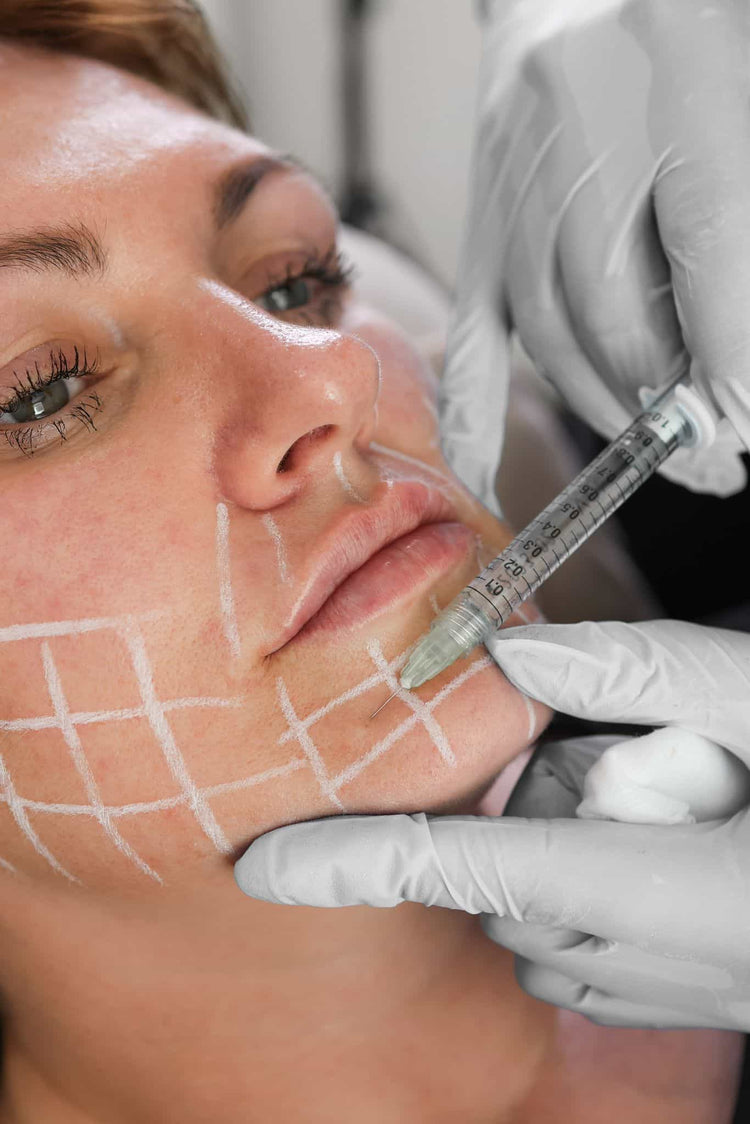
Botox is an effective treatment for hyperhidrosis, particularly in areas such as underarms, palms, soles of the feet, and forehead.
Potential Side Effects
While Botox injections are generally safe and well-tolerated, like any medical procedure, there are potential side effects. These are usually mild and temporary.
Possible side effects of Botox for hyperhidrosis can include:
- Bruising or redness at the injection sites: This is common and typically resolves within a few days.
- Temporary drooping of nearby facial muscles: This is more likely if Botox is used on the forehead or around the eyes, but it’s usually temporary and subsides within a few weeks.
- Headache:**
- Flu-like symptoms: Some people may experience mild flu-like symptoms after Botox injections.
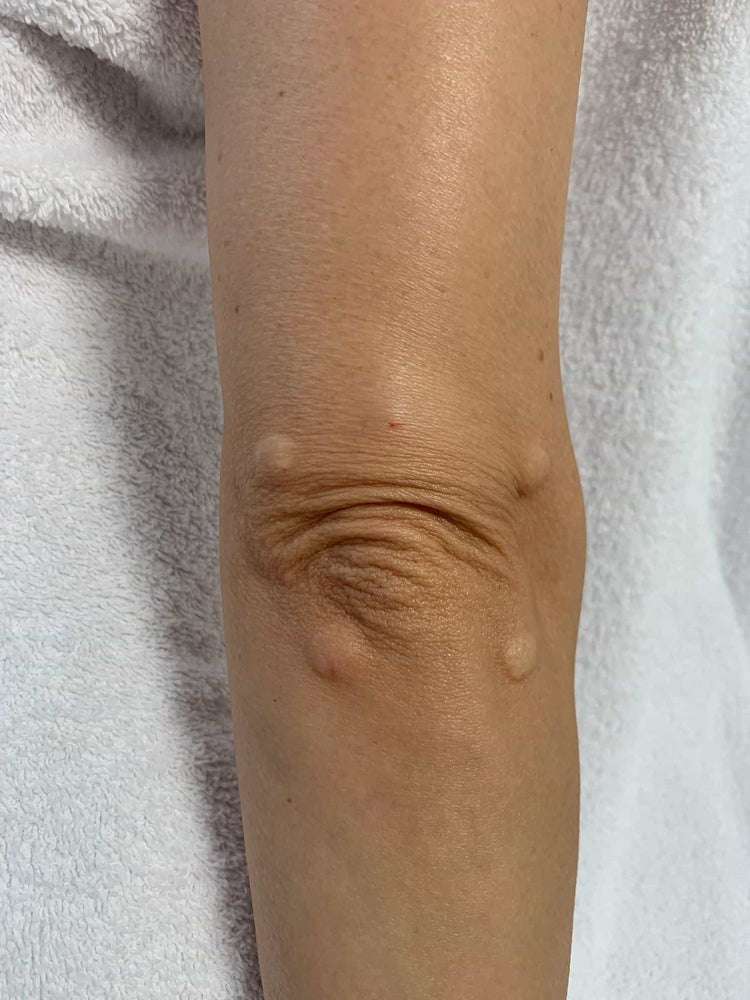
It’s important to note that severe side effects are rare. However, if you experience any unusual or concerning symptoms after your treatment, it’s essential to contact your doctor immediately.
Cost of Botox for Excessive Sweating in New Addington, Surrey
The cost of Botox for excessive sweating in New Addington, Surrey can vary depending on several factors, including the size of the area being treated, the number of injection units required, and the experience of the practitioner.
It’s best to contact local clinics or practitioners in New Addington, Surrey directly to obtain accurate pricing information for Botox treatments for hyperhidrosis.
Finding a Qualified Practitioner in New Addington, Surrey
Finding a qualified practitioner for Botox treatment in New Addington, Surrey is essential for safe and effective results. Look for experienced dermatologists or plastic surgeons who specialize in treating hyperhidrosis with Botox.
Online resources such as the British Association of Dermatologists (BAD) website can help you find registered dermatologists in your area. You can also check online review sites to see what other patients have said about their experiences with specific practitioners.
During your consultation, be sure to discuss your medical history, any medications you are taking, and your expectations for treatment. A qualified practitioner will assess your condition and recommend the best course of action.
FAQs About Botox for Hyperhidrosis
Hyperhidrosis is a medical condition characterized by excessive sweating that goes beyond what’s normal to regulate body temperature. It can affect various areas of the body, including the underarms, palms, soles of the feet, face, and scalp. This overactive sweating can cause significant distress, impacting social interactions, work performance, and overall well-being.
Symptoms of excessive sweating (hyperhidrosis) can vary from person to person but often involve profuse perspiration that occurs even in non-hot environments or during situations that wouldn’t typically trigger sweating. Individuals may experience soaking wet clothes, damp hands, and a persistent feeling of stickiness or clamminess.
Beyond physical discomfort, excessive sweating can lead to social anxiety due to self-consciousness about visible perspiration. It can also impact daily activities, making it difficult to shake hands confidently, use public transportation, or participate in certain sports or hobbies without worry.
While the exact causes of hyperhidrosis are not always clear, several factors can contribute to this condition. In some cases, hyperhidrosis may be primary, meaning it occurs without an underlying medical cause. Genetics can play a role in primary hyperhidrosis, as it often runs in families.
Secondary hyperhidrosis, on the other hand, is triggered by an underlying medical condition, such as thyroid disease, diabetes, menopause, or certain infections. Medications, including some antidepressants and blood pressure medications, can also contribute to excessive sweating as a side effect.
Botox is a popular treatment option for hyperhidrosis because it temporarily blocks the nerve signals that stimulate sweat glands. By reducing the activity of these nerves, Botox injections effectively decrease sweating in the targeted areas. The effects of Botox typically last for several months, providing long-lasting relief from excessive perspiration.
Botox injections work for hyperhidrosis by temporarily blocking the nerve signals that stimulate sweat glands. These nerves send messages to the sweat glands, causing them to produce perspiration. Botox acts as a neurotoxin, interrupting these nerve signals and effectively reducing the amount of sweat produced in the treated areas. The effects typically last for several months, providing long-lasting relief from excessive sweating.
Botox is an effective treatment for hyperhidrosis, particularly in areas such as underarms, palms, soles of the feet, and forehead.
Areas treatable with Botox for excessive sweating include:
* **Axillary Hyperhidrosis (Excessive Underarm Sweating):** This is one of the most common areas treated with Botox.
* **Palmar Hyperhidrosis (Sweaty Palms):** Botox can significantly reduce sweating in the palms, improving hand grip and reducing discomfort during social interactions.
* **Plantar Hyperhidrosis (Sweaty Soles):** Botox injections can alleviate excessive sweating of the feet, making it more comfortable to wear shoes and participate in activities.
* **Facial Hyperhidrosis:** Botox can be used to treat excessive sweating on the face, including the forehead, scalp, and around the mouth.
Preparing for a Botox treatment for hyperhidrosis involves a consultation with a qualified medical professional to discuss your medical history, assess your condition, and determine if Botox is a suitable treatment option for you.
Prior to the appointment, avoid using any topical medications or skincare products on the areas that will be treated for 24 hours beforehand. This will help minimize any irritation or complications during the injection process.
On the day of your appointment, wear comfortable clothing that allows easy access to the treatment area. Avoid wearing tight-fitting clothing that might put pressure on the injected sites.
It’s essential to inform your doctor about any medications you are currently taking, including over-the-counter drugs, vitamins, and supplements, as some may interact with Botox.
Finally, remember to follow all post-treatment instructions provided by your doctor to ensure optimal results and minimize the risk of any side effects.
While Botox injections are generally safe and well-tolerated, like any medical procedure, there are potential side effects. These are usually mild and temporary.
Possible side effects of Botox for hyperhidrosis can include:
- Bruising or redness at the injection sites: This is common and typically resolves within a few days.
- Temporary drooping of nearby facial muscles: This is more likely if Botox is used on the forehead or around the eyes, but it’s usually temporary and subsides within a few weeks.
- Headache:**
- Flu-like symptoms: Some people may experience mild flu-like symptoms after Botox injections.
It’s important to note that severe side effects are rare. However, if you experience any unusual or concerning symptoms after your treatment, it’s essential to contact your doctor immediately.
The cost of Botox for excessive sweating in New Addington, Surrey can vary depending on several factors, including the size of the area being treated, the number of injection units required, and the experience of the practitioner.
It’s best to contact local clinics or practitioners in New Addington, Surrey directly to obtain accurate pricing information for Botox treatments for hyperhidrosis.
Finding a qualified practitioner for Botox treatment in New Addington, Surrey is essential for safe and effective results. Look for experienced dermatologists or plastic surgeons who specialize in treating hyperhidrosis with Botox.
Online resources such as the British Association of Dermatologists (BAD) website can help you find registered dermatologists in your area. You can also check online review sites to see what other patients have said about their experiences with specific practitioners.
During your consultation, be sure to discuss your medical history, any medications you are taking, and your expectations for treatment. A qualified practitioner will assess your condition and recommend the best course of action.
Achieve natural beauty with Dr. Laura Geige’s lip fillers at It’s Me & You Clinic
- Why Ghosting Is One Of The Most Hurtful Forms Of Breakup Behavior - November 7, 2025
- What Is The Environmental Impact Of Bum Filler Injections? - November 5, 2025
- What Are The Best CBD Infused Gummies For Sleep Quality - November 4, 2025
